calsfoundation@cals.org
Arkansas Post National Memorial
Arkansas Post National Memorial is a unit of the National Park Service located in southern Arkansas County near Gillett. It preserves and interprets the remains of the original European and Native American settlements on the Arkansas River, as well as the Civil War battle fought at the post and the countless people who once resided in the area.
Arkansas Post was settled by French traders in 1686 and was the first permanent European colony in the Mississippi River Valley. A Quapaw Indian village called Osotouy was located nearby. The actual post was moved several times over the years due to flooding but remained in the same general area. The only battle of the American Revolution that was fought in Arkansas occurred at the post in 1783 and became known as the Colbert Raid. During the Civil War, a Confederate fort was captured by Union troops during a two-day battle. Eventually, more and more people left the area around the Post, especially after Little Rock (Pulaski County) was made the capital of Arkansas Territory; the town slowly died.
Arkansas Post National Memorial was first established as a state park on February 27, 1929. The drive to create the park had been led by Fletcher Chenault, a columnist for the Arkansas Gazette. The first lands acquired for the park were twenty-one acres donated by Fred Quandt. The park grew over the next thirty years, and several buildings were constructed to help tell the story of the post to the public.
In 1959, U.S. Representative William Norrell introduced a bill into Congress to make Arkansas Post a unit of the National Park System. With this change, the park would receive more funding to continue its mission and would be better able to protect and preserve the history of Arkansas Post. On July 6, 1960, President Dwight D. Eisenhower signed the bill into law, creating Arkansas Post National Memorial. It was added to the National Register of Historic Places on October 15, 1966.
The park today consists of two units. The Memorial Unit comprises 389 acres and has a visitor center with a museum and theater, as well as 2.5 miles of paved trails. The museum displays exhibits on archaeological finds at the park, the Civil War battle fought in the area, and other aspects of the history of Arkansas Post. The entire history of the post is interpreted throughout the area with markers and signs. No original structures from the post stand. The original streets are marked, as well as the footprints of several buildings. The other unit, known as the Osotouy Unit, comprises 360 acres. It was added to the park on November 14, 1997. The unit contains the Quapaw village of Osotouy, the Menard-Hodges archaeological site, and possibly the site of the first post. It is not open to the public.
For additional information:
Arkansas Post National Memorial. http://www.nps.gov/arpo/ (accessed August 26, 2023).
Bearss, Edwin C. Special History Report: The Colbert Raid. Denver, CO: National Park Service, 1974.
Rosenbaum, Bethany H. “Promise and Practice: Toward an Expanded, Integrated, Collaborative Narrative on American Indians in our National Parks.” PhD diss., University of Arkansas, 2019.
David Sesser
Nevada County Depot and Museum
 Arkansas Post; 1689
Arkansas Post; 1689 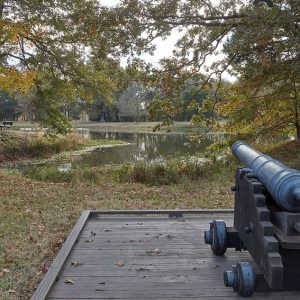 Arkansas Post Cannon
Arkansas Post Cannon 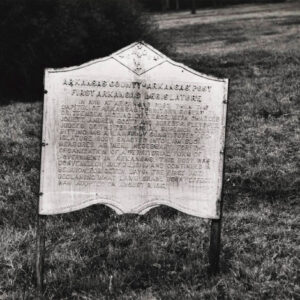 Arkansas Post First Legislature Marker
Arkansas Post First Legislature Marker 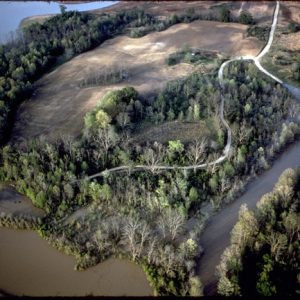 Arkansas Post National Memorial
Arkansas Post National Memorial 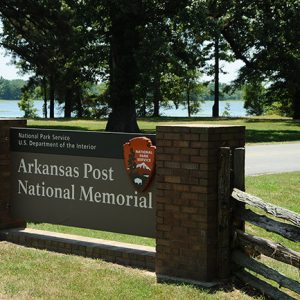 Arkansas Post National Memorial
Arkansas Post National Memorial  Entering Arkansas Post National Memorial
Entering Arkansas Post National Memorial  Arkansas Post Overlook
Arkansas Post Overlook 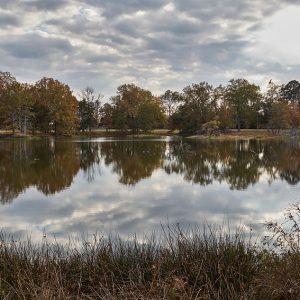 Wetlands at Arkansas Post
Wetlands at Arkansas Post 




Comments
No comments on this entry yet.